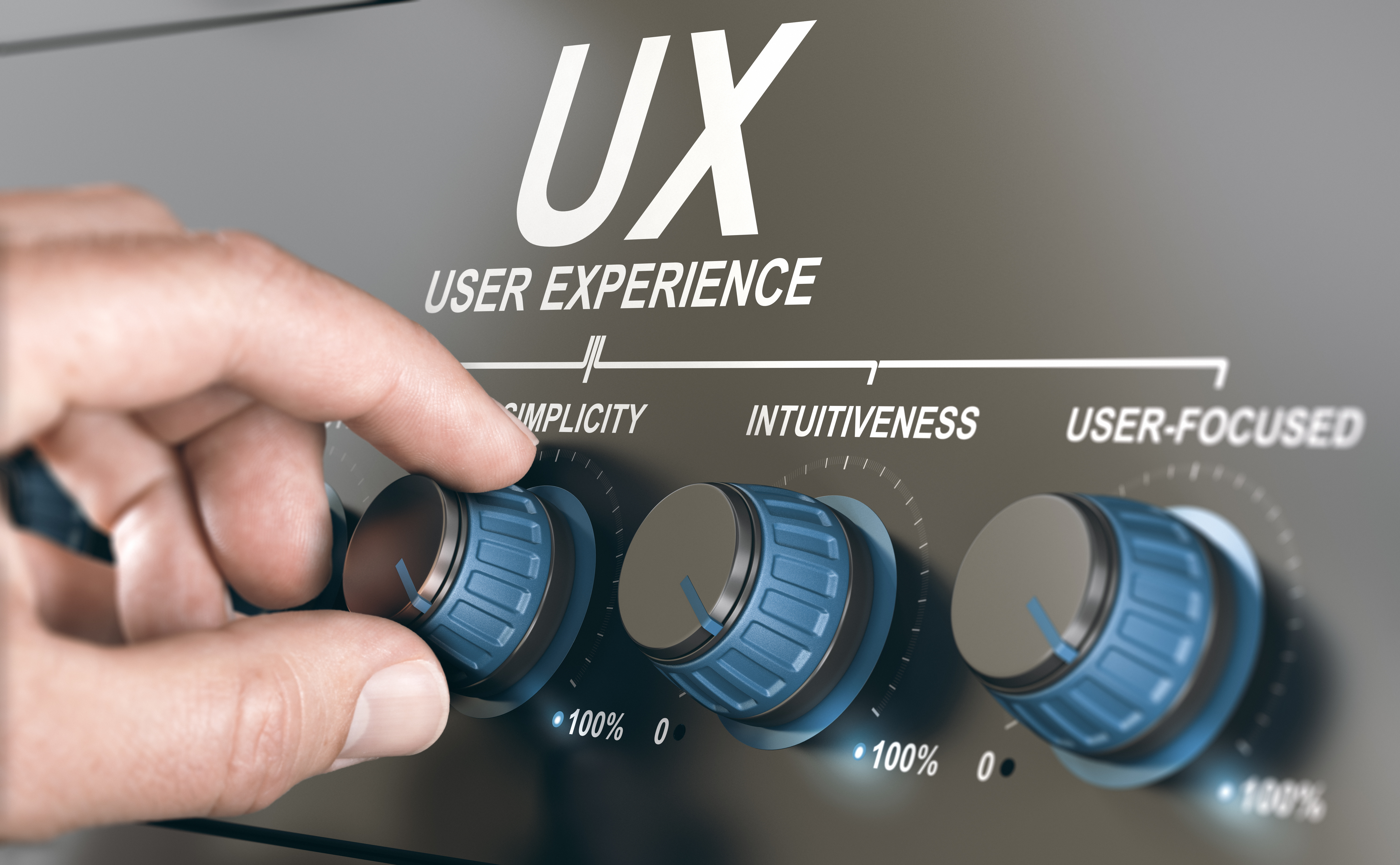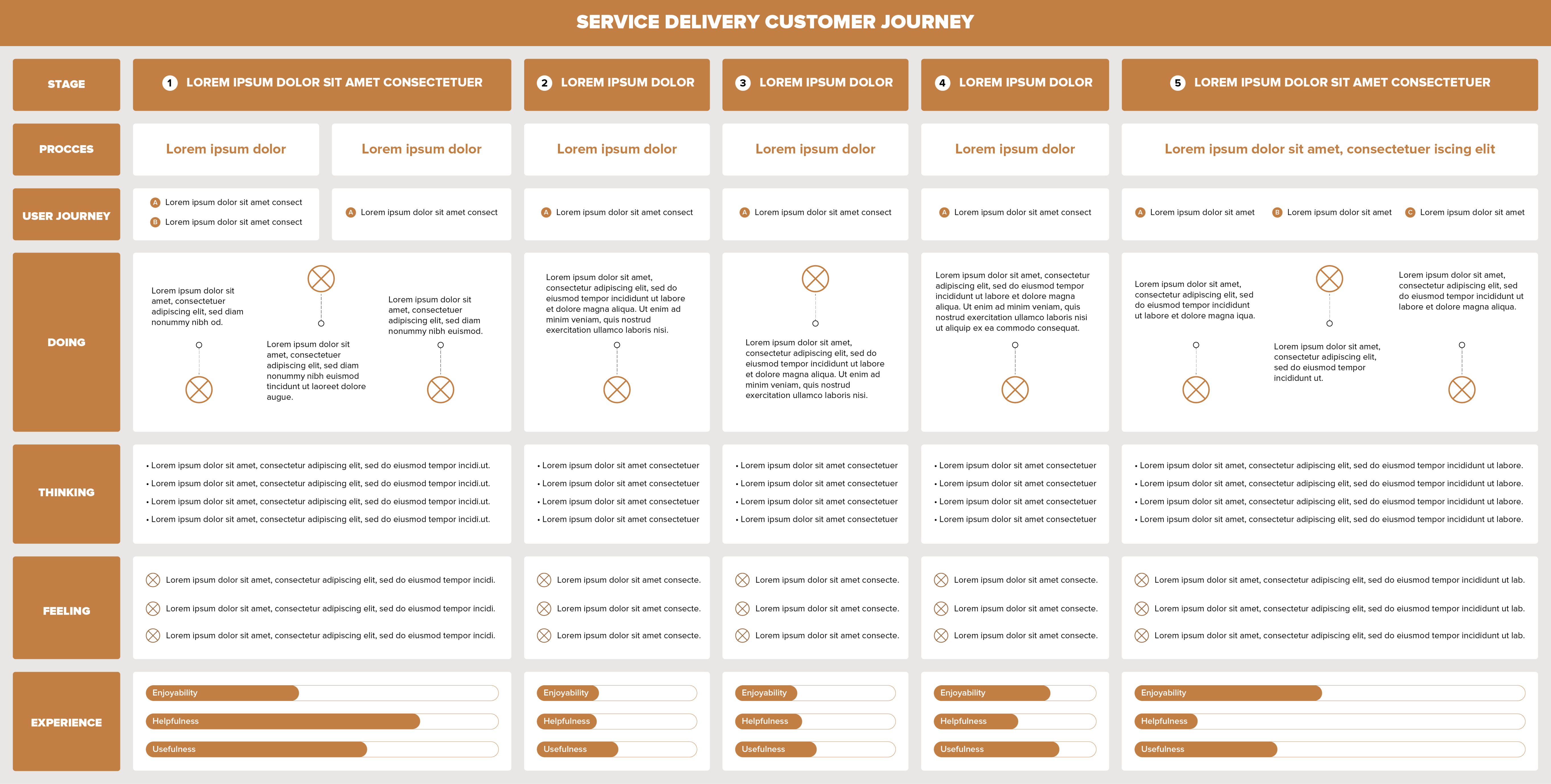
UI UX, SEO and Digital Marketing Combined Power
The Gamification Trap of Tools vs User-Centric Strategies
Souhail Afilal
Fri Oct 13 2023
The Gamification Trap of Tools Like Lighthouse vs User-Centric Strategies
****

While tools like Lighthouse offer invaluable perspectives on the technical facets of a website, they shouldn't eclipse the true soul of web development—the users. Lighthouse is just one guidepost among many. Prioritizing its metrics too heavily can divert businesses from the core of their online presence: genuine user experience and engagement.
Chasing perfection in Lighthouse scores can lead to a misguided focus. A flawless score doesn't necessarily equate to a seamless user experience. Like a baker who focuses only on baking time without considering ingredients, a developer can get lost in the quest for high scores, neglecting the real-world impact on users. This is the trap of gamification—prioritizing metrics over genuine user engagement.

Yet, to be fair and give reasonable credits to Lighthouse, it's imperative to recognize its transformative role in the realm of web development and optimization.
Lighthouse: Shining a Light on Web Performance and Best Practices
1. Comprehensive Performance Metrics:
Lighthouse offers a robust analysis of web performance, providing insights on critical factors that determine user experience. This includes assessing First Contentful Paint (FCP), which measures the time taken for the first piece of DOM content to render. It also evaluates Speed Index, reflecting how quickly content is visually displayed during page load. Additionally, Lighthouse sheds light on the Time to Interactive metric, pinpointing when a page becomes fully interactive for the user.
2. Advanced Accessibility Audits:
Lighthouse isn't just about speed and performance; it prioritizes inclusivity. With its comprehensive accessibility checks, Li ghthouse reviews a website's capability to cater to users with disabilities. It scans for features that enhance usability for everyone, assigning an accessibility score that reflects the site's overall friendliness to differently-abled individuals.
3. Web Development Best Practices:
In our ever-evolving digital landscape, staying updated with current best practices is crucial. Lighthouse acts as a guide, identifying areas for improvement aligned with modern web standards. This encompasses everything from ensuring images are optimized for faster loading times to verifying that the site is leveraging HTTPS for enhanced security.

In essence, Lighthouse stands as a quintessential tool for website audits, delivering valuable insights on technical metrics, performance standards, accessibility assistive technology, and modern web development best practices. However, user experience, by nature, is deeply subjective. What works for one demographic might be a complete miss for another. This is where the gamification trap comes in; chasing perfect scores can divert attention from creating experiences that genuinely resonate with users.
To truly make waves in the digital realm, businesses need to steer their ship with a user-centric compass.
Shifting the Lens to User-Centric Development
In the digital landscape, the key to making a significant impact lies in anchoring the customer journey experience with a user-centric UI/UX approach. Businesses that prioritize and understand their users' needs and desires, ensuring every touchpoint is intuitive and engaging, are the ones that sail smoothly towards success. This means:

1. Empathy-Driven Design:
Engaging deeply with user personas and their unique challenges, ensuring every web element resonates with them.
2. Regular User Engagement:
Using surveys, interviews, and feedback loops to iterate and refine the web presence based on actual user insights.
3. Usability Testing:
Observing real users interact with your site can provide invaluable feedback, often unveiling hidden obstacles or opportunities.
4. Broadened Performance Metrics:
While Lighthouse gives a structured framework, integrating tools like heatmaps, session replays, and user journey analytics can offer a more comprehensive understanding.
Benefits of a User-Centric Approach

By emphasizing user engagement, businesses can unlock:
1. Increased User Retention:
Tailored, intuitive websites encourage users to stay longer and return more often.
2. Boosted Conversion Rates:
Seamless user experiences drive desired user actions, from sign-ups to purchases.
3. Elevated Brand Advocacy:
Satisfied users not only return but often refer, driving organic growth.
Mastering the Digital Landscape, Rounding Out the Online Success Trilogy: Technical SEO, User Experience Strategy, and Digital Marketing Strategies

Digital Marketing Strategy: Completing the Web Success Trifecta
While Lighthouse metrics and UX research together offer an overarching framework for creating user-centric, technically robust websites, it's crucial to remember the broader context. This brings us to the crucial third dimension: Digital Marketing Strategy.
Deciphering the Role of a Digital Marketing Strategy**
A seamless, user-centric website, even if technically flawless, only takes you part of the way. Lacking a comprehensive digital marketing plan is akin to having a high-performance vehicle with no map in hand. Here's how digital marketing strategy completes the journey:
1. Reaching the Right Eyes (Targeted Traffic):
A top-notch website holds little value if it doesn't engage its target audience. A strategic digital marketing approach ensures you draw in users genuinely interested in your offerings.
2. Channeling Conversions:
Going beyond mere user engagement, this strategy delves into the intricacies of conversion paths, compelling CTAs, optimized touchpoints, and pivotal interactions that transform casual visitors into loyal customers.
3. Unified Brand Presence:
Through digital marketing, you weave a consistent brand narrative, guaranteeing users a uniform experience whether they interact via your website, social channels, or email campaigns.
4. Iterative Insights (Feedback and Adaptation):
Real-time data from marketing endeavors offer immediate feedback, empowering businesses to adapt and refine with agility.
Crafting a Cohesive Digital Blueprint: Balancing Technical SEO, UX, and Digital Marketing Tactics
In our increasingly digital-centric world, maintaining a robust online footprint hinges on the synergy between three pivotal elements: Technical SEO, User Experience (UX) Design, and Digital Marketing Tactics. Individually, they each contribute to the digital narrative, but their combined force is where the magic truly unfolds. Join us as we delve into the nuances of each facet and unveil the art of harmonizing them to redefine your digital success.
Striking the Perfect Harmony: Technical SEO, User Experience Strategy, and Digital Marketing Strategies
In today's digital-first era, a successful online presence is the sum of its parts. The tridimensional effort of Technical SEO, User Experience (UX) Strategy, and Digital Marketing Strategies forms the backbone of this presence. Each pillar plays a vital role, but their true power is harnessed when they work in synergy. In this part, we will dive deeper into the significance of each component and explore how a proficient balance between them can transform your digital journey.
1. Technical SEO: The Underlying Framework

What is it? Technical SEO refers to the optimizations made to a website and server, ensuring search engine spiders can efficiently crawl and index your website.
Core Components
- Site Structure: A clean, logical structure helps search engines understand and rank your content.
- Mobile Optimization: With mobile-first indexing, ensuring your website is mobile-responsive is crucial.
- Site Speed: Page loading times significantly influence bounce rates and rankings.
- XML Sitemaps and Robots.txt: Direct search engines on which pages to crawl or not.
- Structured Data Markup: Helps search engines understand the context of your content.
Value Proposition
Without a robust Technical SEO foundation, even the best content might remain undiscovered. It's the equivalent of building a library in the middle of a desert—rich with information but difficult to find.
2. User Experience (UX) Strategy: Crafting Memorable Digital Journeys

What is it? UX Strategy focuses on designing a seamless, intuitive experience for users when interacting with your digital assets.
Core Components
- User Research: Understand user demographics, psychographics, and pain points.
- Information Architecture: Organize and structure content in a user-friendly manner.
- Interaction Design: Ensure that users can intuitively interact with website elements.
- Usability Testing: Test designs to identify area
- Feedback Loops: Regularly gather user feedback to refine the UX.

Value Proposition
While Technical SEO ensures your website is discoverable, UX Strategy guarantees that once users arrive, they stay, engage, and convert. A poor UX can lead to increased bounce rates, which, in turn, can affect SEO rankings.
3. Digital Marketing Strategies: Amplifying Reach and Engagement


What is it? Digital Marketing Strategies encompass tactics to promote, brand, and grow your digital presence across various channels.
Core Components
- Content Marketing: Creating valuable, relevant content to attract and retain audiences.
- Social Media Marketing: Leveraging platforms like Facebook, Instagram, and LinkedIn to engage with audiences.
- Pay-Per-Click (PPC) Advertising: Paid ads that deliver instant traffic and visibility.
- Email Marketing: Directly engaging with subscribers and nurturing leads.
- Analytics and KPIs: Using tools to measure the effectiveness of digital campaigns.
Value Proposition
Even with exceptional Technical SEO and UX, without strategic promotion, you're missing out on potential traffic and engagement. Digital marketing boosts visibility, drives targeted traffic, and nurtures potential leads.
Mastering the Digital Symphony
- Unified Strategic Vision: Melding SEO insights, UX design, and Digital Marketing initiatives can result in unparalleled digital excellence. For instance, SEO-driven keyword insights can inspire content initiatives, presented through impeccable UX.
- Data-Informed Decisions: Employ robust analytics to steer your strategies. Elevated bounce rates could be symptomatic of SEO shortcomings, disjointed UX, or ineffective marketing initiatives.
- Collaborative Ecosystem: Promote interdisciplinary knowledge sharing. SEO specialists should be attuned to UX nuances, while digital marketers need a grasp of the site's technical dimensions for potent campaigns.
- User-Centric Philosophy: Center all initiatives around the user. Harmonizing SEO, UX, and marketing endeavors with user aspirations translates to enhanced engagement and brand allegiance.
Epilogue

The world of digital strategy is multifaceted, with each facet deserving individual attention. However, the holistic integration of Technical SEO, UX Strategy, and Digital Marketing Strategies can empower businesses to not just mark their online territory but also establish authentic, enduring relationships with their audience.
Fundamentally, tools like Lighthouse are crucial in web development, but they should serve to enhance, not dominate, the design and optimization strategy. The digital voyage to success requires more than a solitary light; it demands an in-depth appreciation of the user journey. By prioritizing user experience and seamlessly integrating it with savvy strategies —including digital marketing, SEO, and UI/UX— businesses can truly harness the power of the digital transformation and the web.
Tags: UI UX, SEO, Digital Marketing
Make it Happen
CONTACT US
Select a service category:
SEO
Branding & Design
Web & Mobile Apps
Like they say, the Development is in the Details
Tell us how we can keep in touch:
By submitting this form, you consent to DumbOldSpider LLC reaching out to you.
DumbOldSpider LLC | Copyright © 2024 | All rights reserved

